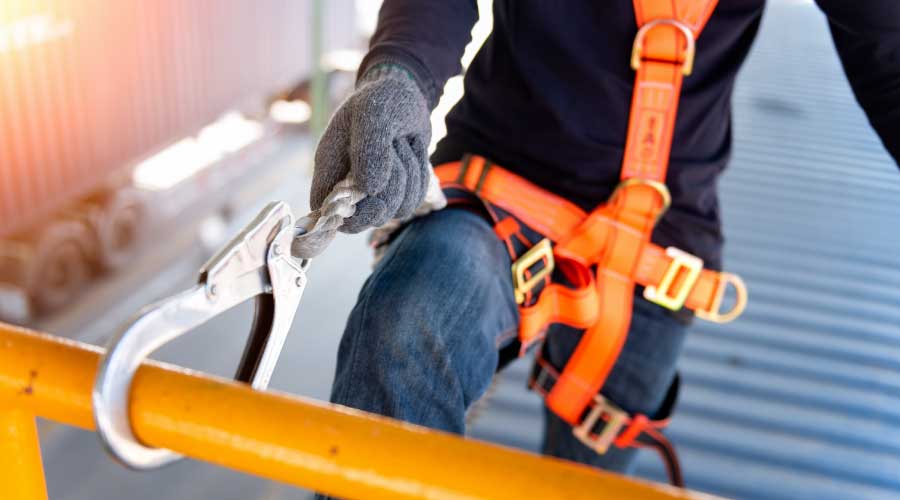Roof Coatings Have Varying Characteristics
Part 2 of a 4-part article on key issues to consider with roof coatings, including the condition and type of roof and coating characteristics
In addition to making sure the coating is appropriate for the roof itself, facility managers should keep in mind that different coatings will have varying characteristics that also should help narrow down the best kind for a property. For example, says Martucci, “silicones are soft and tend to pick up dirt more than other coatings. That makes them lose reflectivity. They also have a lower abrasion resistance and a slicker surface, so they are not recommended for high-traffic areas.”
He also says urethanes can be susceptible to ponding water, aromatic urethanes can chalk, yellow, or fail due to UV exposure, and aliphatic urethanes are more expensive. Acrylic coatings chalk and therefore lose mil thickness over time. Because they are water-based, acrylics are more susceptible to damage from ponding water.
A contractor or consultant can offer recommendations on what type of roof coating would be the best fit for a roof. Important properties to keep in mind are “percent solids by volume, adhesion, elongation, tensile (strength), and weatherability,” Martucci says. Make sure to ask about the expected life of the coating and if it comes with a manufacturer’s warranty. “Extended warranties are available from many manufacturers,” he explains.
Daisey points out that manufacturers have recommendations for the best use of various coatings, so be sure to check product labels and tech data sheets. “There is a roof coating option for virtually every roof,” he says. “I think the biggest mistake a facility manager — or any decision maker — can make is making a generalization about roof coatings based on one bad experience or hearsay. Roof coating manufacturers want to sell product, of course, but they really, truly want to see their product installed properly on the proper roof to deliver the best long-term performance. So take time to understand your roof assembly and understand the roof coatings to learn which products match your unique situation.”
For example, according to Martucci, a common use of coatings is to make a dark roof light. “A dark roof absorbs heat that can pass into the building, causing extra strain on the interior cooling system. Most roof coatings are white, highly reflective and can reduce the surface temperature of the roof 50 degrees Fahrenheit or more. This, in turn, reduces the heat transfer into the building and could save energy costs during hot summer days.”
In a situation like that, “acrylic coatings are highly reflective and thermally emissive, so [they] are ideal choices when looking for the ‘coolest roof,’ ” Daisey says. “There are different types of acrylic elastomeric roof coatings on the market, so always read the manufacturer label and tech data sheet to verify that that particular product is designed for the particular roof being considered.”
Other kinds of roof coatings have their own benefits, he explains. “Aluminized asphalt roof coatings provide moderate reflectivity, excellent water resistance, and are often considered when the roofing surfaces are asphaltic in nature. A prime example would be an existing BUR, or built-up roof. More complex roof coatings like polyurethanes, silicones, and polyureas can be considered as well, but these installations are usually in highly specialized, unique situations. Those latter systems require specialized equipment and highly skilled contractors to install properly and are not the easy installation and application like an acrylic elastomeric coating or aluminized asphalt coating.”
Related Topics:














